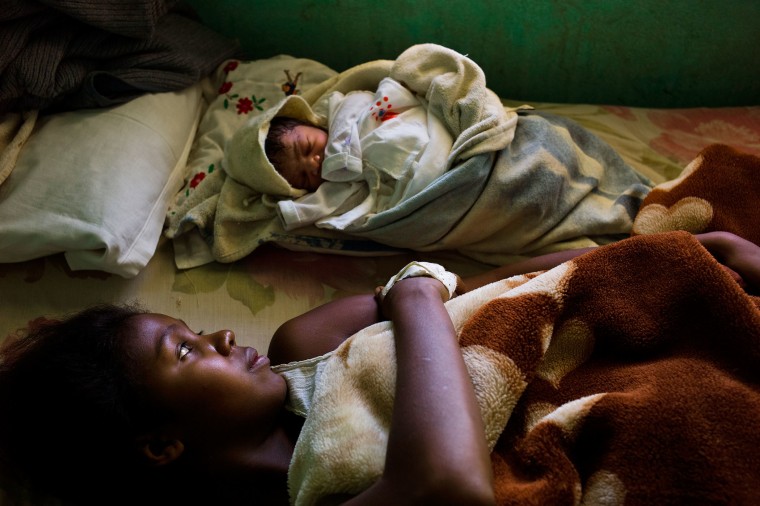The prevalence of teen pregnancies in the developing world is declining, according to a recent study by the U.N. Population Fund. But the study notes that a whopping 7 million young women under the age of 18 are becoming pregnant each year in the world's poorest nations. More than a quarter of those young women are age 14 or younger.
Ninety-five percent of teen births worldwide occur in developing countries, where young women often lack equal rights and access to birth control. Teen birth rates are highest in central and western Africa, followed by South Asia and the Middle East. In disparate regions, the reasons are similar: poor access to education, little job opportunity, and a lack of health care are major contributing factors. Sexual violence and arranged child marriages also drive the numbers up. The study found that nine in 10 births among women ages 18 and under in the developing world occur within a marriage or union.
The risks to young women who become pregnant as teens is huge, the report argues, often leading to a lifetime of underemployment and poverty. "Very young girls are especially vulnerable to exploitation, child marriage and sexual coercion and violence," said U.N. Population Fund executive director Babatunde Osotimehin. "The tendency in many parts of the world is to blame the girl for becoming pregnant."
The report estimated the financial cost to nations when young women who would otherwise stay in school and enter the workforce become pregnant: The annual cost to China is around 1% of its G.D.P. and in Uganda, that percentage skyrockets to 30.
Recent studies have shown that the teen birth rate is declining in the U.S. as well. According to a report by the Centers for Disease Control and Prevention issued last May, the U.S. teen birth rate in 2011 was half that of 1991, thanks to a steady rise in birth control use among sexually active teens. But the U.S. still lags behind Western Europe and Scandinavian nations, where teens practice more reliable forms of birth control more consistently.
